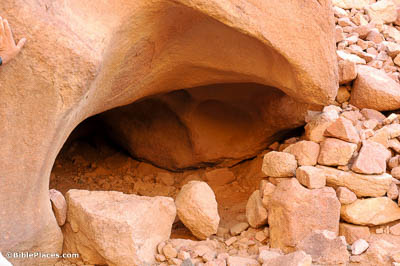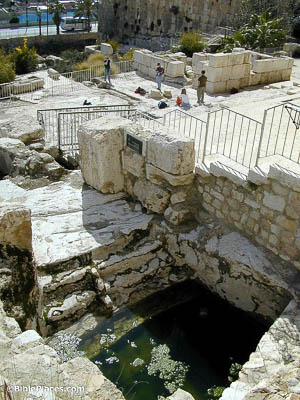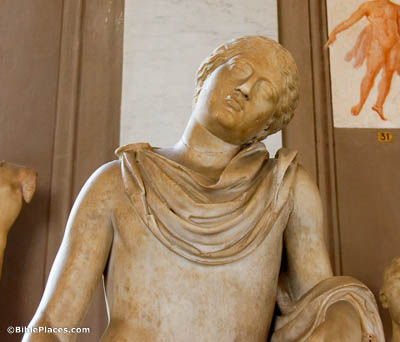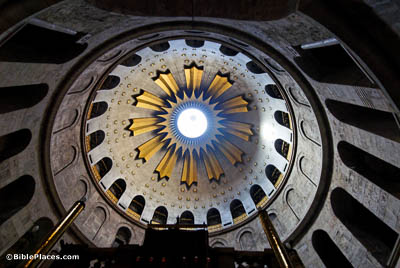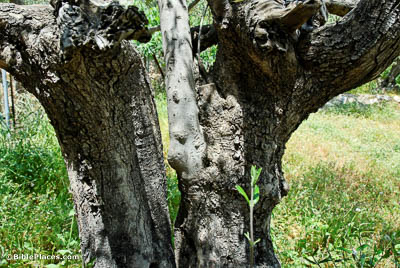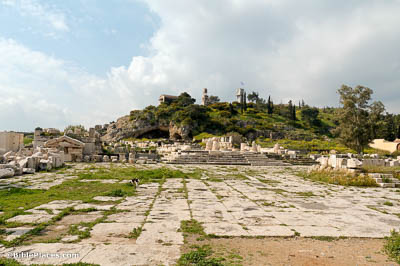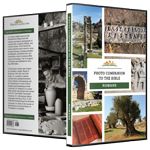Do you not know what the Scripture says about Elijah, how he pleads with God against Israel? (Romans 11:2)
Paul is referring here to the account given in 1 Kings 19:8ff. There, Elijah traveled to a cave around Horeb (Mount Sinai), which has traditionally been identified with the peak known as Jebel Musa. This cave near Jebel Musa illustrates the sort of shelters in the area from which Elijah would have made his plea to God.
